Coming up in the Heritage Auctions Long Beach Signature auction is the James F. Holloway Collection of Standing Liberty Quarters. I feel this collection, including 28 lots, is significant because all the coins exhibit Full Head strikes. Notorious for weakly struck details especially on Denver and San Francisco mint issues, Standing Liberty Quarters with a fully struck and detailed head of Miss Liberty is the pinnacle of appeal for those who collect this classic series.
If you want to raise the difficulty in your collecting pursuits try Full Head Standing Liberty Quarters. Why does strike make a difference? Many dates with the Full Head designation aren’t available often. Like so many other significant collections, James F. Holloway employed both time and patience building his set. The Standing Liberty Quarters in the Holloway Collection are exceptional in the strike quality of the coins included all with Full Head designations.
Some Standing Quarter dates are exceptionally scarce with a full strike. Full Head designations are considered more desirable than their weaker-strike counterparts. Indeed, PCGS population numbers for Mint State Full Head vs Mint State (non-Full Head) Standing Liberty Quarters show the discrepancy that exists for all dates in the type two design:
Type Two Design (1917-1930)
- PCGS coins graded MS60 and better – 28,415
- PCGS coins graded MS60FH and better – 7,970
Curiously the exact opposite is the case with Type One Standing Quarters issued in 1916 and 1917. The population figures are quite illustrative, with the total Type One design populations listed below:
Type One Design (1916-1917)
- PCGS coins graded MS60 and better – 8,985
- PCGS coins graded MS60FH and better – 12,088
The population figures illustrate quite clearly that the Type One design was more strongly struck during minting than the Type Two products made after the design change in 1917. The new coin design, while still a gorgeous coin, did not strike well. Often the head detail on Standing Liberty Quarters is non-existent. Miss Liberty’s face is virtually blank.
Let’s look at some of these great Holloway Standing Liberty Quarters coming up for sale. The 28-coin set has representation in all three sessions of the Heritage Auctions Long Beach sale, including nine lots each in Sessions One and Two and 10 lots in the internet-only Session Three. I’ve purposely chosen two coins from each session to include coins that might appeal to collectors pursuing more modestly priced dates. The two most interesting coins from Session One include both the 1916 and 1918/7-S Quarters. Unless you already own one or both, these two key dates are on many Standing Liberty Quarter want lists.
The 1916 Standing Liberty Quarter’s design had been accepted early in 1916, but both Chief Engraver Charles Barber and sculptor Hermon MacNeil made extensive modifications, pushing the actual production of the issue to December. Only 52,000 coins were minted, which assured this issue as being a key date for the series, not to mention it is the first year of issue. That, along with the exceptional quality as well as low mintage and population are all factors in the huge demand for this fabulous coin, which grades PCGS MS66FH.
Curiously the 1918/7-S overdate wasn’t discovered until 1937, nearly 20 years after its issue. Of course, high-grade uncirculated coins weren’t targeted for speculation early. The total population for the 1918/7-S in MS60 and better is 810. The quality of strike on Standing Liberty Quarters in general diminished significantly in the Denver and San Francisco Quarters produced. When the design and relief changes were implemented in 1917, the strike quality was diminished. The major concern for the mint was producing coins for commerce, not necessarily aesthetic appeal.
Two of the Holloway set coins in the second session include these two scarce Denver Mint quarters, including the 1918-D with a PCGS population of just 28 with just seven total better. The 1918-D is graded PCGS MS66FH.
Looking at the total Mint State population of some of these dates, like the 1918-D and 1927-D, highlight the scarcity of Full Head strikes overall among the Type Two coins. For example, the Full Head population of the 1918-D is just 31% of the Mint State coins graded for the date. The 1927-D shows an even larger discrepancy, with only 19% of all Mint State coins graded for the date garnering the coveted FH designation. The 1927-D for sale happens to be a stunning PCGS MS65+FH specimen. WOW!
Of the 10 Standing Liberty Quarters from the Holloway Collection in Session Three of the Heritage Auctions Long Beach auction, I was interested in these two lots including a spectacular 1917 Type Two graded PCGS MS66FH and a 1928-D graded PCGS MS64FH. The 1917 Type Two is the coin resulting from the design changes that came in mid-1917. While striking issues were prevalent in many of the Type Two issues from 1917 to 1930, the Philadelphia Mint issues seemed to usually be of higher quality than their branch-mint counterparts.
Much like the 1918-D and 1927-D dates I mentioned earlier from Session Two, this Denver Mint date is difficult to find in Full Head. This example is another with very telling population numbers. Only 131 total FH examples of this date have been graded by PCGS, as compared to 2,686 total Mint State examples for the date, comprising only 5% of the total coins PCGS has graded for that issue.
Overall, the James F. Holloway Standing Liberty Collection is a great set with 28 Full Head specimens that numerous collectors will vie for in the Heritage Auctions Long Beach sale. Holloway employed both time and patience building his impressive Standing Liberty Collection. I’ve no doubt his efforts will be rewarded with intense bidder interest once the coins hit the block!
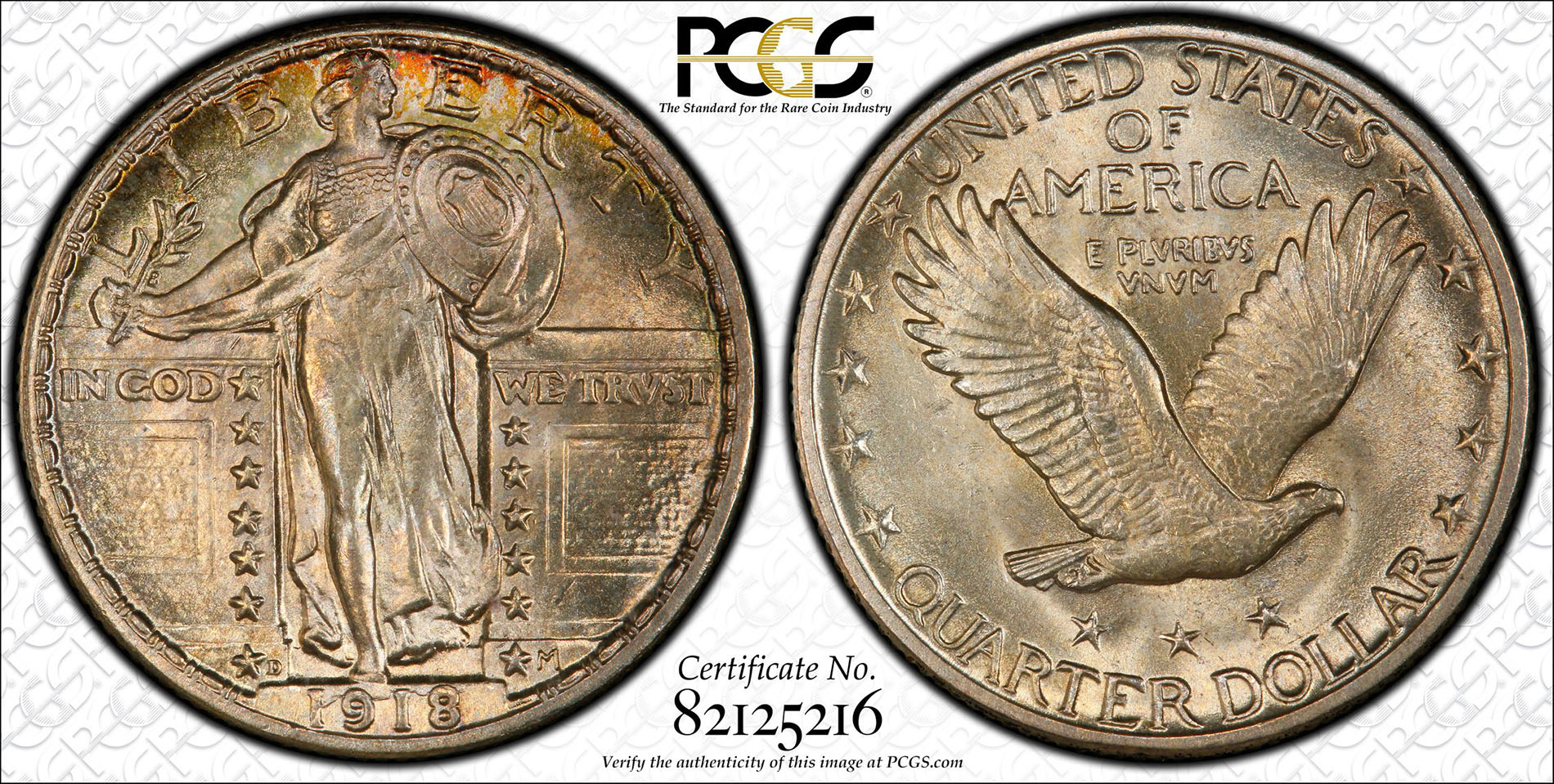

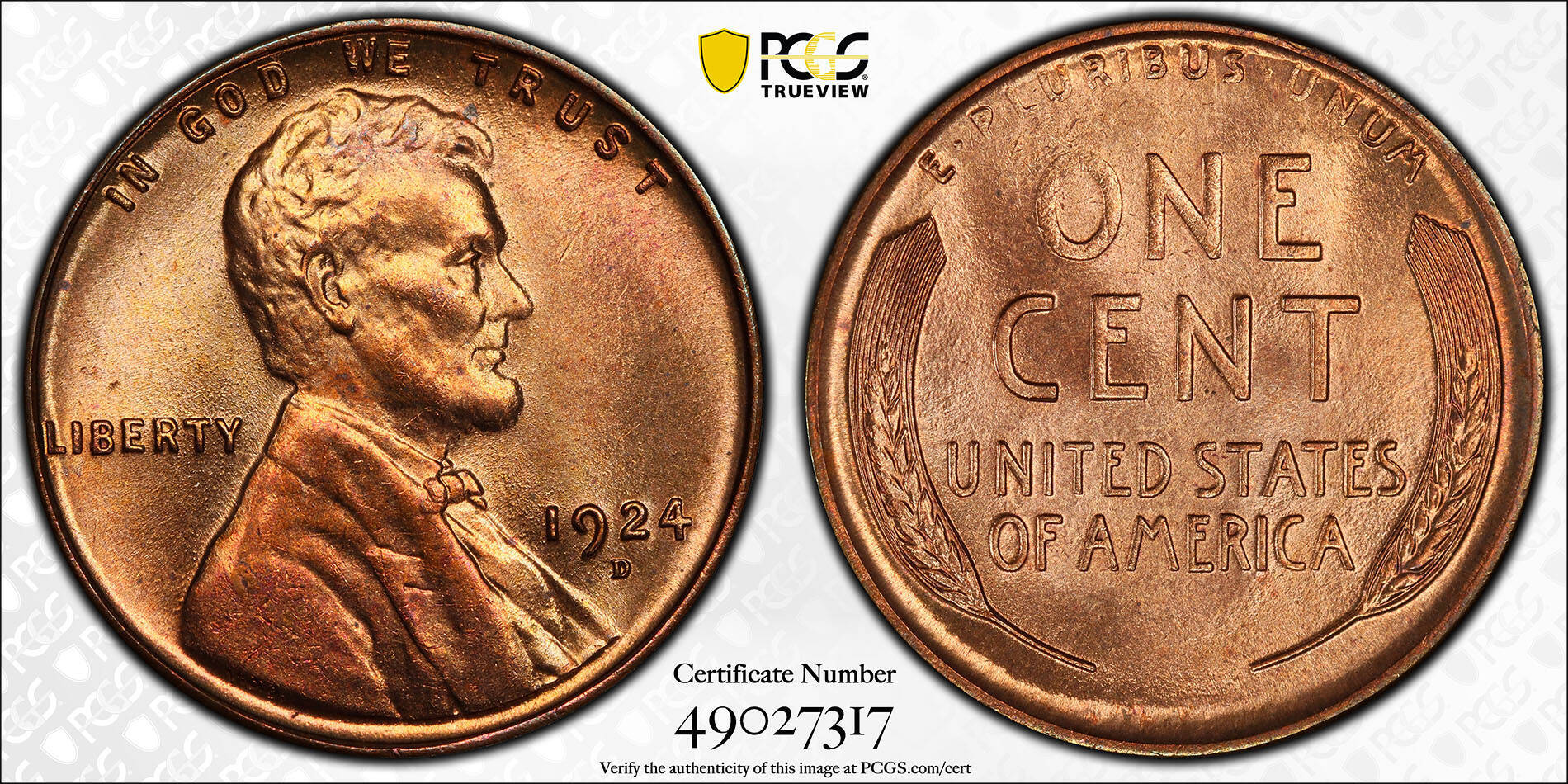

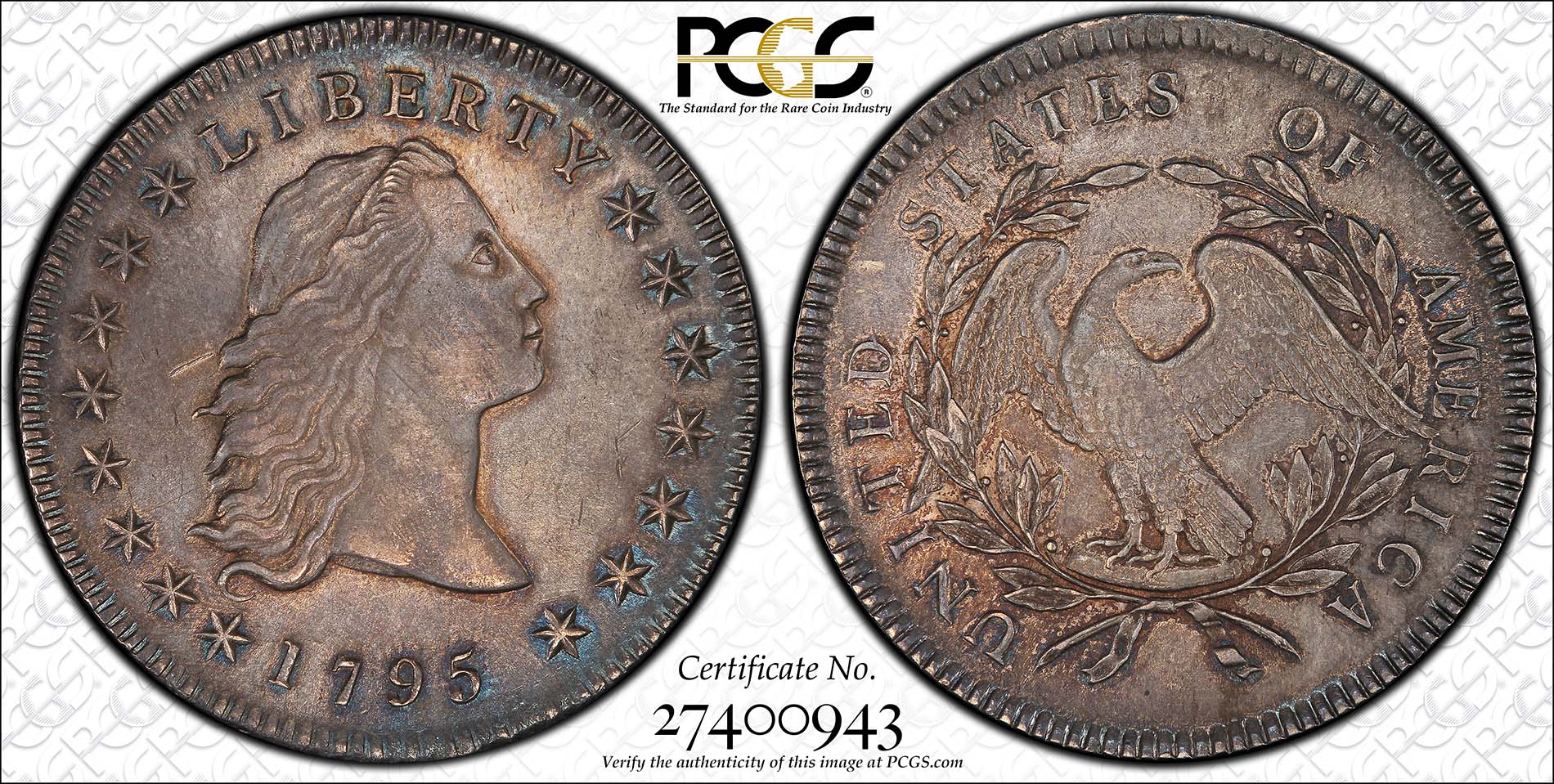
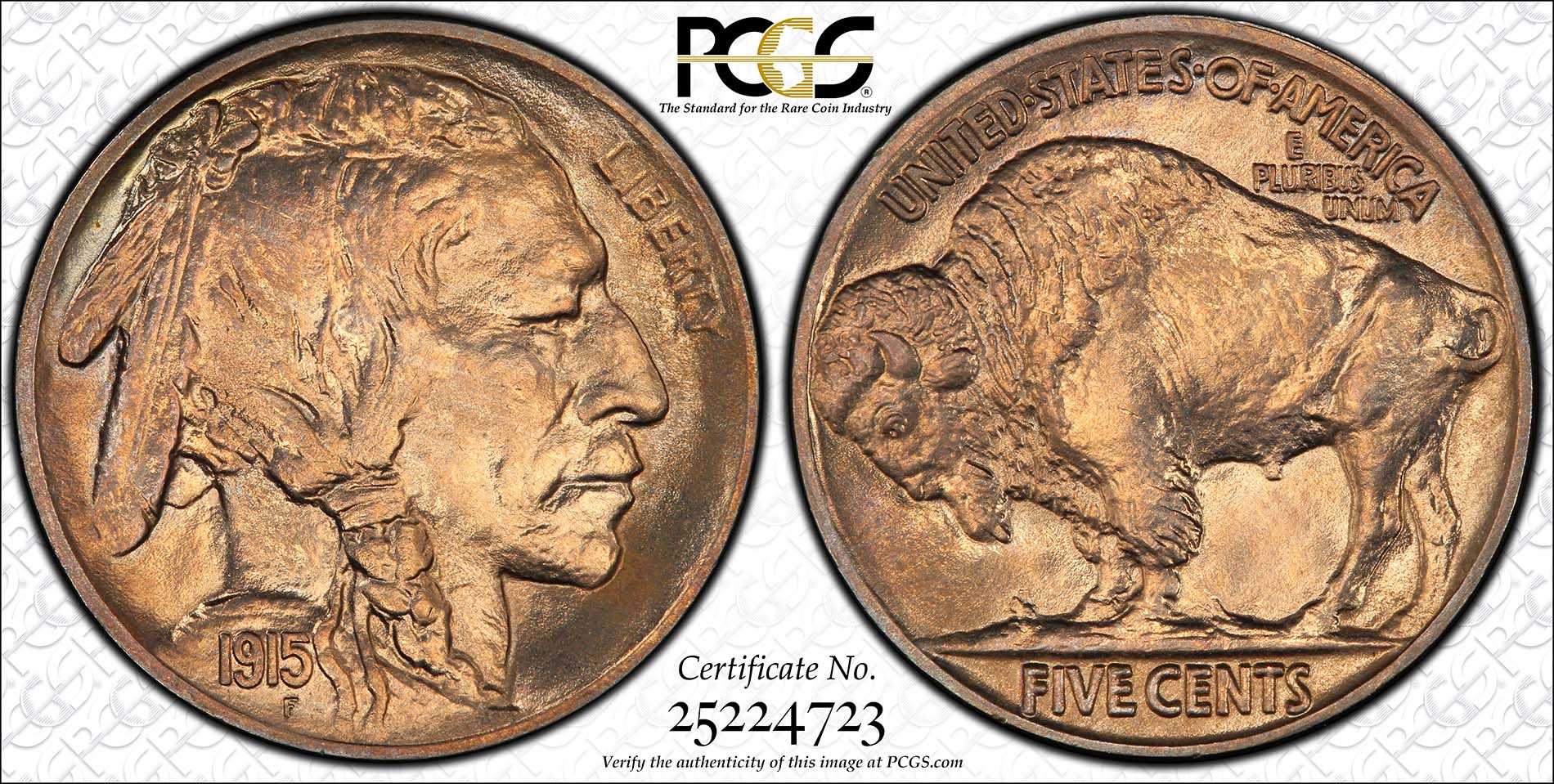

 Copper & Nickel
Copper & Nickel
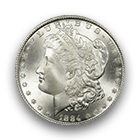 Silver Coins
Silver Coins
 Gold Coins
Gold Coins
 Commemoratives
Commemoratives
 Others
Others
 Bullion
Bullion
 World
World
 Coin Market
Coin Market
 Auctions
Auctions
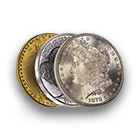 Coin Collecting
Coin Collecting
 PCGS News
PCGS News